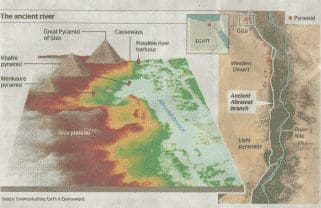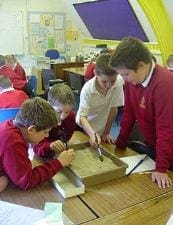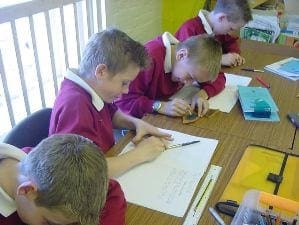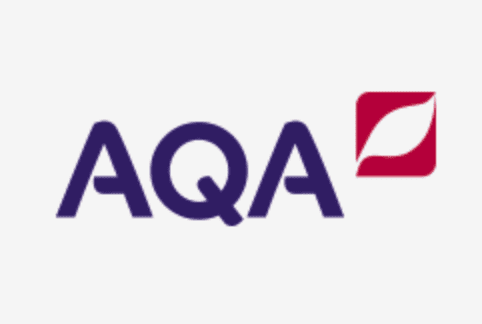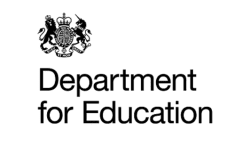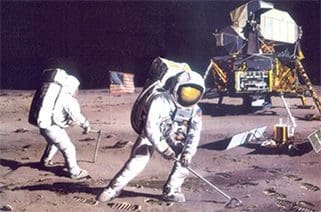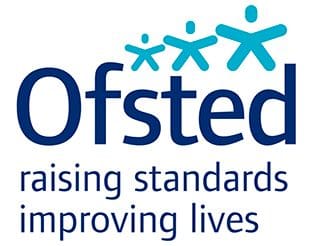
Now that schools have an extra year’s grace from OFSTED to refine their curriculum that is being worked on, it is worth reminding ourselves of the key indicators that inspectors will be exploring.
broadening the curriculum to make sure that it is at least as broad, deep and ambitious as the national curriculum
( so for example, are you teaching elements of the Tudors or the Victorians even though they are not part of the national Curriculum, simply because you feel that pupils need this knowledge. It may well be that your local are is steeped in evidence of changes made in the Victorian period. Or there may be a Tudor palace on your doorstep that children visit with their family. Some schools will want to make Black History month in October a prominent feature of the history curriculum. How about upcoming anniversaries where there will be major media coverage and hence part of cultural capital. There will be lots of resources too. You can predict what these will be)
identifying what pupils should know and be able to do by the end of each key stage/year group/term
(This is causing many of you particular anxiety as progression in history is non-linear. Furthermore are you looking for progress in knowledge? If so clearly when you teach a second history topic in a year you will be doubling their knowledge! So it must be more than this. It must also be about showing deeper understanding of how history is written. So they will need to see causes in a more sophisticated way. They will need to become increasingly aware of why we have different interpretations of the past. And by Y5/6 they will be able to grasp the concept of propaganda and learn always to think of WHY a particular version of events at the time, such as describing Dunkirk as a miracle not a disaster, would have appeared)
using assessment to address gaps in pupils’ knowledge
( Even though most pupils will not revisit the knowledge learned in each topic, they will need to build on their understanding of the key historical concepts they have already been introduced to. It follows therefore that assessment must focus on forms of historical understanding-within the context of the topic- not just atomised facts about the past. All the assessment tasks on this website, therefore, address one or two key concepts (e.g. change and continuity) at a time so that the concept is seen in a context. We can then assess the concept at least once in the lower part of the key stage and then again at least once in the upper part of the key stage. That really is the best way to see progression and to build on what pupils have already shown they can do rather than at some arbitrary starting point.)
Identifying the important knowledge in each subject or key stage
( by this we don’t mean 100 facts they need to know. I find the best approach is to have 6 or7 central enquiry questions which drive the topic, each centred on a key area of knowledge. If pupils can answer those central questions well, then they are showing that they have the right depth of knowledge and understanding. They will retain this much better than a host of quickly-forgotten facts which have no pattern.
considering and planning how knowledge should be sequenced
- There are two issues here: order in which topics are covered and the order in which learning is sequenced within a topic. As far as the topic order is concerned, it Is not enough to simply say ‘chronological order’. After all, what do you mean: British or world. If you go for that crude approach then you have no choice as to when you teach topics. Some like Ancient Greece are, in my view, better studied in Y5 or 6, for example but chronological order pins them to Y3. Where does the local study fit in, or the thematic post-1066 study which ranges over periods of time. Far better to think of a rational for the order you choose. For example, if you want to show pupils that the Mayan civilization was much more advanced than the Saxon/Viking ones in England at the time, it is far better to study them close together. Sometimes it does make sense to run some topics in chronological order e.g. ancient Civilizations, Stone Age to Iron Age, Celts/Romans Saxons and Vikings. But what happens then? Be alert to the lurking danger that pupils think whatever comes after the Vikings on your curriculum must follow on immediately. How are pupils suddenly to grasp a 500 year interval before studying the Tudors if they have had no experience of ranging over periods in the past. Much better to build a mental map of the past by constantly showing the big picture and how things fit together. You may want to look at the Teaching chronology part of the site which has fantastic ideas about using the fun activity Timebox.

